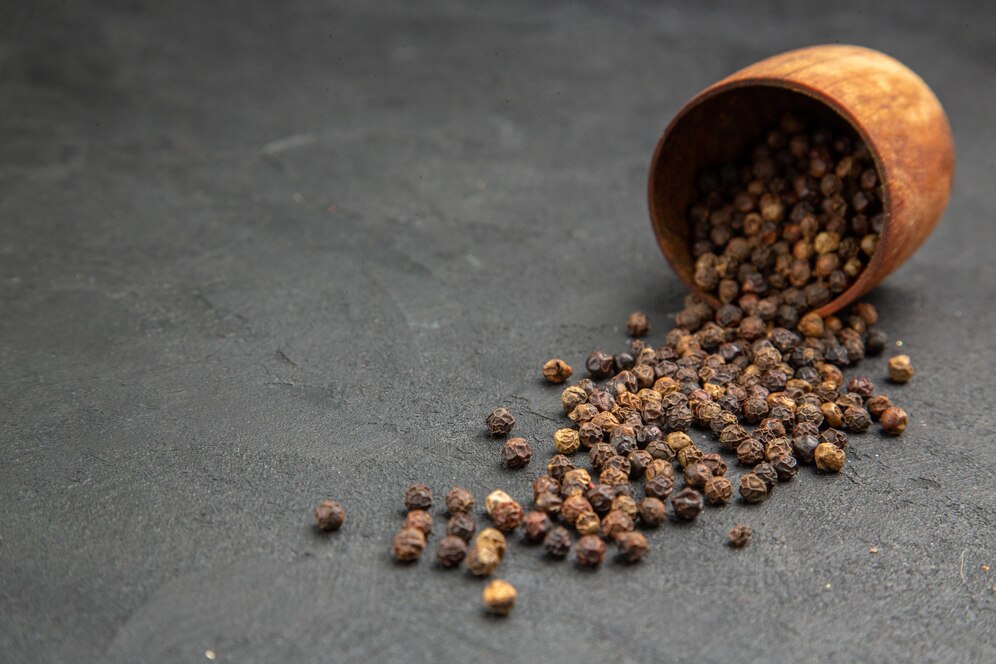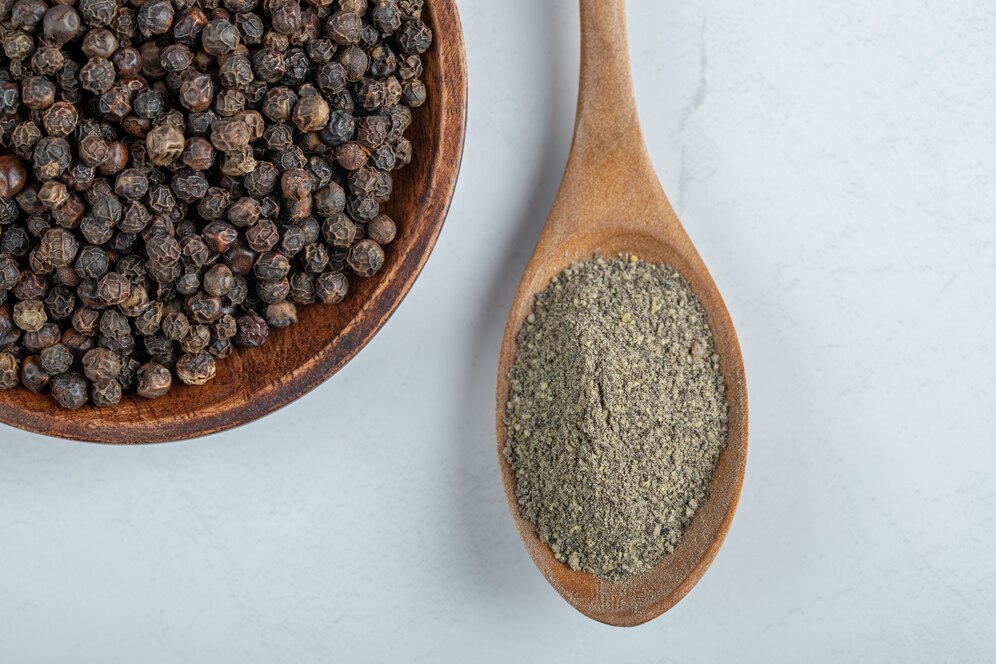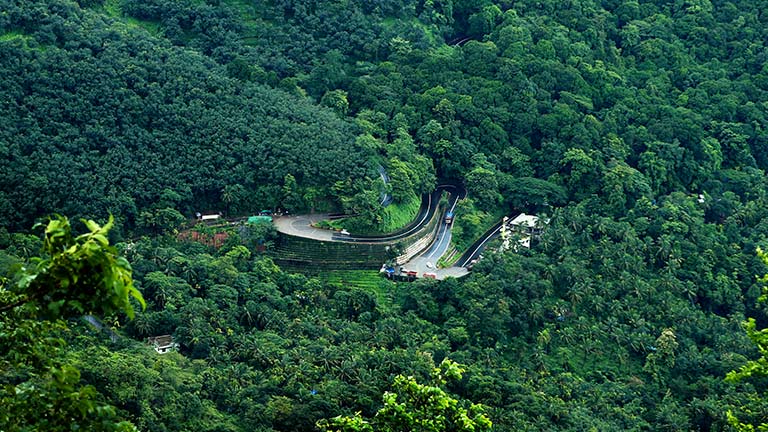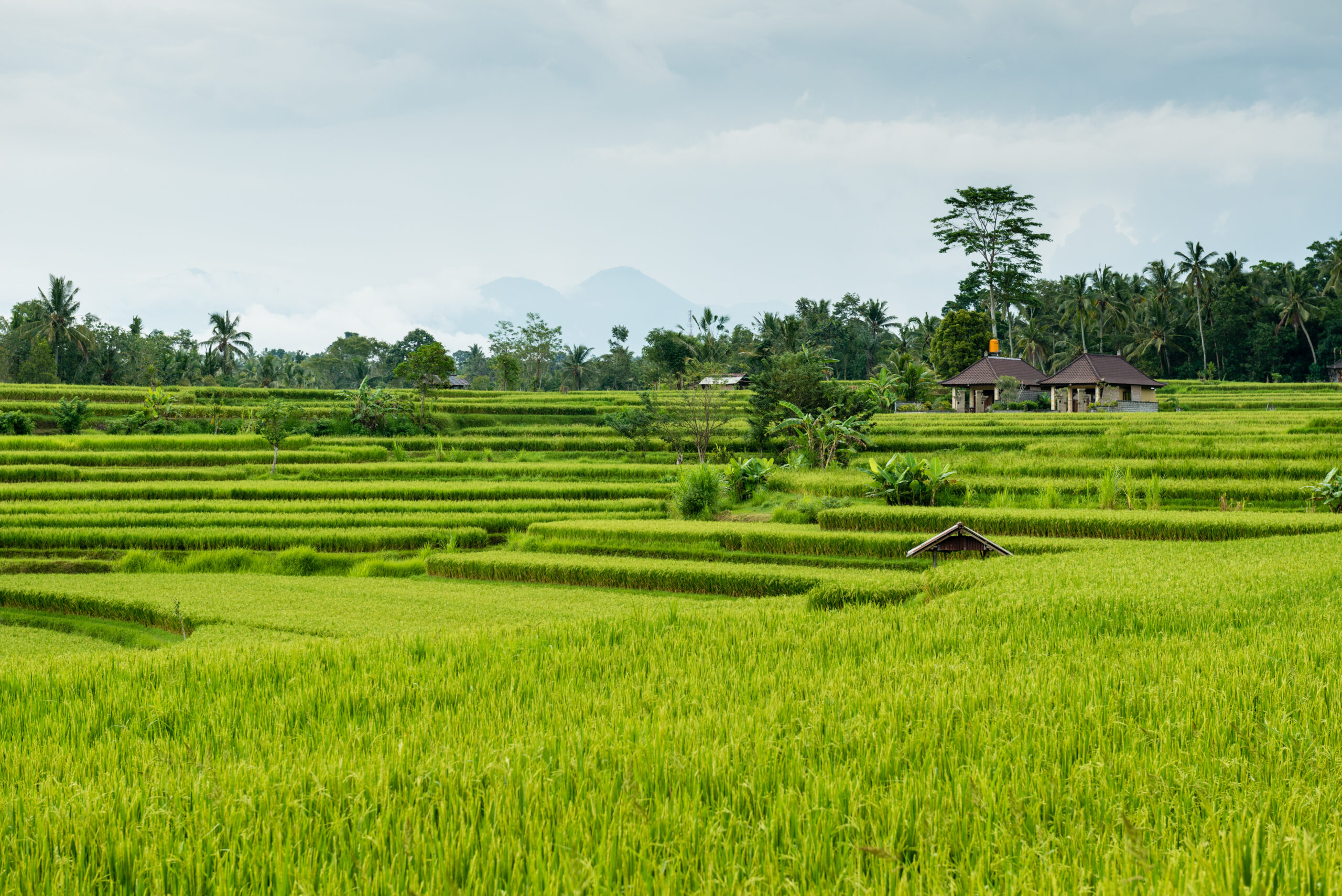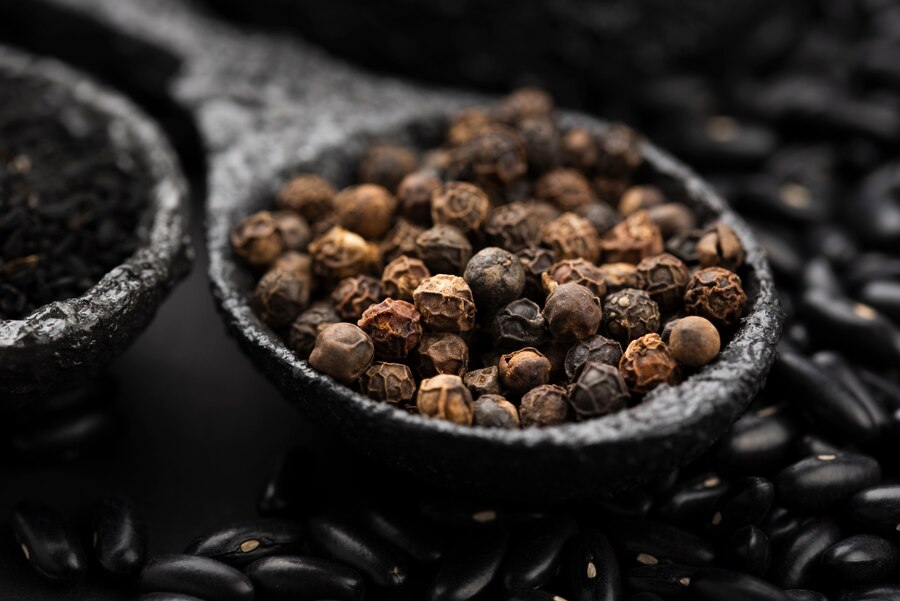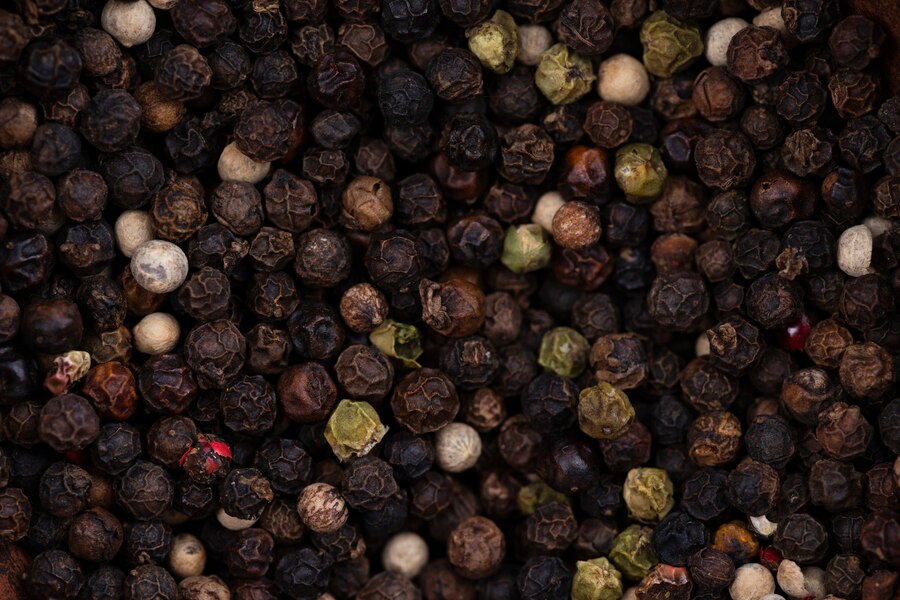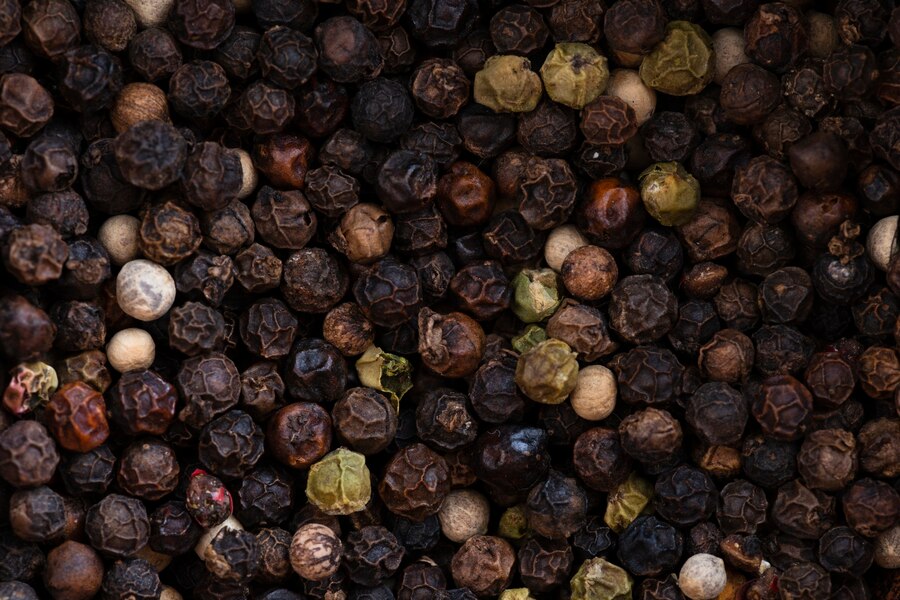Wayanad Black Pepper in Ayurveda: Healing with Tradition
For thousands of years, Ayurveda—the ancient Indian science of life and wellness—has guided people toward natural healing. One powerful ingredient that features prominently in this system is black pepper, known in Sanskrit as “Maricha”. Not only is it a kitchen essential, but it is also a trusted remedy in traditional Ayurvedic practices. And when it comes to quality, Wayanad black pepper stands out as one of the finest in the world.
Grown in the lush, high-altitude regions of Wayanad in Kerala, this spice is not only flavorful but also packed with health benefits. With its bold aroma, sharp heat, and high piperine content, Wayanad black pepper is an Ayurvedic treasure—offering both culinary delight and medicinal power.
The Origin of Wellness: Why Wayanad Black Pepper is Unique
Wayanad, nestled in the Western Ghats, offers the perfect environment for cultivating black pepper. The combination of rich soil, tropical climate, and eco-friendly farming methods gives Wayanad black pepper its exceptional quality. Farmers in this region often rely on traditional techniques, avoiding synthetic fertilizers and pesticides. This results in pure, chemical-free pepper with potent natural oils and medicinal properties intact.
Compared to other varieties, Wayanad black pepper is more pungent and aromatic. These qualities not only enhance its culinary use but also boost its therapeutic effectiveness in Ayurveda.
The Ayurvedic Power of Black Pepper
In Ayurveda, black pepper is considered a “Trikatu” spice, often combined with dry ginger and long pepper to form a powerful herbal blend. This combination is said to ignite the body’s digestive fire or Agni, enhance metabolism, and balance the three doshas—Vata, Pitta, and Kapha.
Let’s explore how Wayanad black pepper contributes to holistic health and healing:
1. Improves Digestion
Black pepper stimulates the secretion of digestive juices and enzymes, especially in the stomach. This aids in breaking down food more efficiently, reducing gas, bloating, and indigestion. In Ayurveda, it’s often recommended for those with weak digestion.
2. Enhances Nutrient Absorption
The active compound piperine increases the bioavailability of several nutrients, including curcumin (found in turmeric), selenium, and vitamins B and C. This means your body can absorb and use nutrients more effectively when black pepper is included in your diet.
3. Strengthens Respiratory Health
Coughs, asthma, bronchitis, and colds can be treated naturally with Wayanad black pepper. Its warming nature helps loosen mucus and clear the respiratory tract. Ayurvedic teas and herbal mixtures often use pepper to treat seasonal allergies and flu symptoms.
4. Acts as a Detoxifier
Black pepper is a natural diuretic and sweat-inducer. This helps the body eliminate toxins through urine and sweat. Regular consumption can promote healthy skin, clearer sinuses, and a lighter feeling overall.
5. Reduces Inflammation and Supports Joint Health
Due to its anti-inflammatory properties, black pepper is used in Ayurvedic oils and balms to relieve joint pain, stiffness, and muscle soreness. It also supports better circulation and flexibility.
6. Boosts Immunity
By improving digestion, respiratory function, and circulation, black pepper indirectly strengthens the immune system. Its antioxidant properties help combat free radicals and support long-term cellular health.
How to Use Wayanad Black Pepper in Ayurvedic Remedies
You don’t need to be an Ayurvedic practitioner to benefit from black pepper. Here are a few simple ways to use it:
-
For cough and cold: Consume 1/4 teaspoon of pepper powder with honey twice a day for coughs and colds.
-
For digestion: Add a pinch of pepper powder to warm water or buttermilk after meals.
-
For immunity: Brew a herbal tea with black pepper, tulsi (holy basil), ginger, and turmeric.
-
For detox: Drink warm water with lemon and black pepper in the morning.
Tip: Always use freshly ground black pepper to retain its natural oils and potency.
Choose Wayanady for Pure, Traditional Black Pepper
At Wayanady, we bring you premium Wayanad black pepper that stays true to its roots. Our pepper is harvested at peak ripeness, sun-dried naturally, and packed with care to ensure freshness and quality. Whether you use it in cooking or wellness routines, Wayanady black pepper is a p erfect way to reconnect with Ayurvedic tradition.
You can order our Wayanad black pepper directly from wayanady.com, or find us on Amazon and Flipkart.



